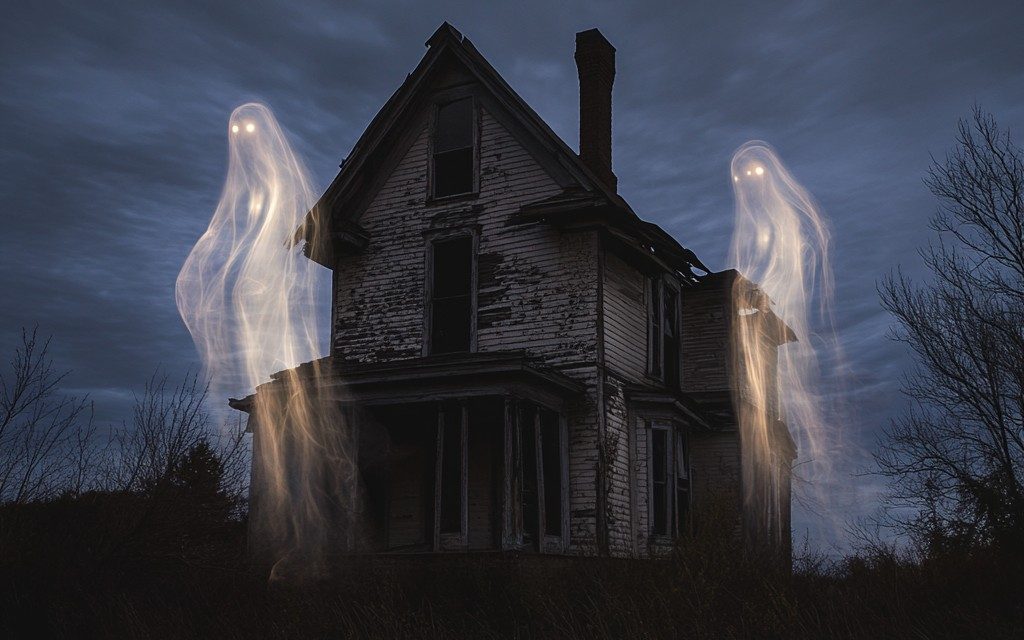by Rachael Knopf, YourPace Student Contributor
AUSTIN, Texas — The line forms before sundown. Teenagers in hoodies clutch energy drinks, couples lean close under the glow of string lights, and the bass from a distant DJ rattles the air. By the time the gates creak open at House of Torment, the crowd grows restless, nervous, and ready to scream. October in Austin wouldn’t feel complete without this haunted house, now a beloved local institution.
With Hollywood-level sets, blood-curdling sound design, and skilled scare actors, House of Torment has evolved from a scrappy mall attraction into one of the most respected haunts in the country. Behind the fog machines and severed heads stand artists, technicians, and performers who devote their nights to keeping Austin terrified.
From Mall Goths to Industry Leaders
Michael Faust remembers the first time he entered the world of haunted houses. In 2005, he and his brother, Matt, were hanging out at Highland Mall in Austin when they met a manager recruiting actors for a small haunted house.
“We started volunteering every night,” Faust recalled. “We’d work our day jobs at Spencer’s or in a call center, then head to the haunt until four in the morning. We weren’t getting paid—we just loved it.” What began as a late-night hobby quickly grew into something much bigger.
Matt Faust pitched the idea of transforming House of Torment into a post-apocalyptic version of Austin. Instead of building a generic “cave of monsters,” he envisioned a believable world where the city itself had been destroyed. The gamble paid off. News crews started visiting, industry magazines took notice, and House of Torment earned a reputation for ambitious, cinematic storytelling.
“We asked ourselves, what’s scarier than the real world?” Faust said. “That question changed everything. We just kept doing it every day—kept living the nightmare and making things happen.”
Today, Faust serves as general manager of House of Torment and creative director for its parent company, 13th Floor Entertainment Group, which operates haunted houses nationwide. His job extends beyond simple jump scares—it’s about engineering experiences that linger in visitors’ imaginations.
“I like to call myself a scare designer,” he said. “You have to figure out what’s going to scare people in a unique way. It’s not enough to throw a guy with a chainsaw at them. You need details, twists, nostalgia—something that disarms people before you hit them with the scare.”
Each season, the creative team studies trends in the horror genre. A new Marvel Zombies series might inspire grotesque superhero costumes; next year’s obsession could be cryptids or creatures from folklore. “This year, one of our houses is based on La Llorona,” Faust said. “It’s a story many of us grew up with here in Texas, but it’s rarely represented in haunts. We wanted to change that.”
Stitching Fear Together
For assistant wardrobe head Kennedy Young, the magic lies in the details—the rips, stains, and shadows that make a costume feel lived-in. She manages racks of gowns, scrubs, masks, and costumes that rotate among performers.
“In theater, you wear one costume for the entire run,” Young explained. “At House of Torment, actors might play three different roles in a single weekend. I’m constantly adapting looks to fit both the show and the performer.”
Durability poses another challenge. Actors crawl, sprint, and sweat through their shifts, and the costumes must survive the chaos. “We don’t wash everything every night—it would ruin the distressing we worked so hard to create. Instead, we give the costumes a Lysol bath and patch what’s needed. Safety pins are my best friend,” she said with a laugh.
Young’s role extends beyond the wardrobe racks. As a “runner,” she patrols the haunt, checks on performers, supplies water, and occasionally jumps into character herself. “There’s nothing better than scaring someone so badly they fall over,” she said. “But I also love knowing I’m keeping the show running smoothly, even when things get chaotic.”



